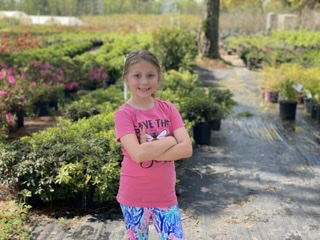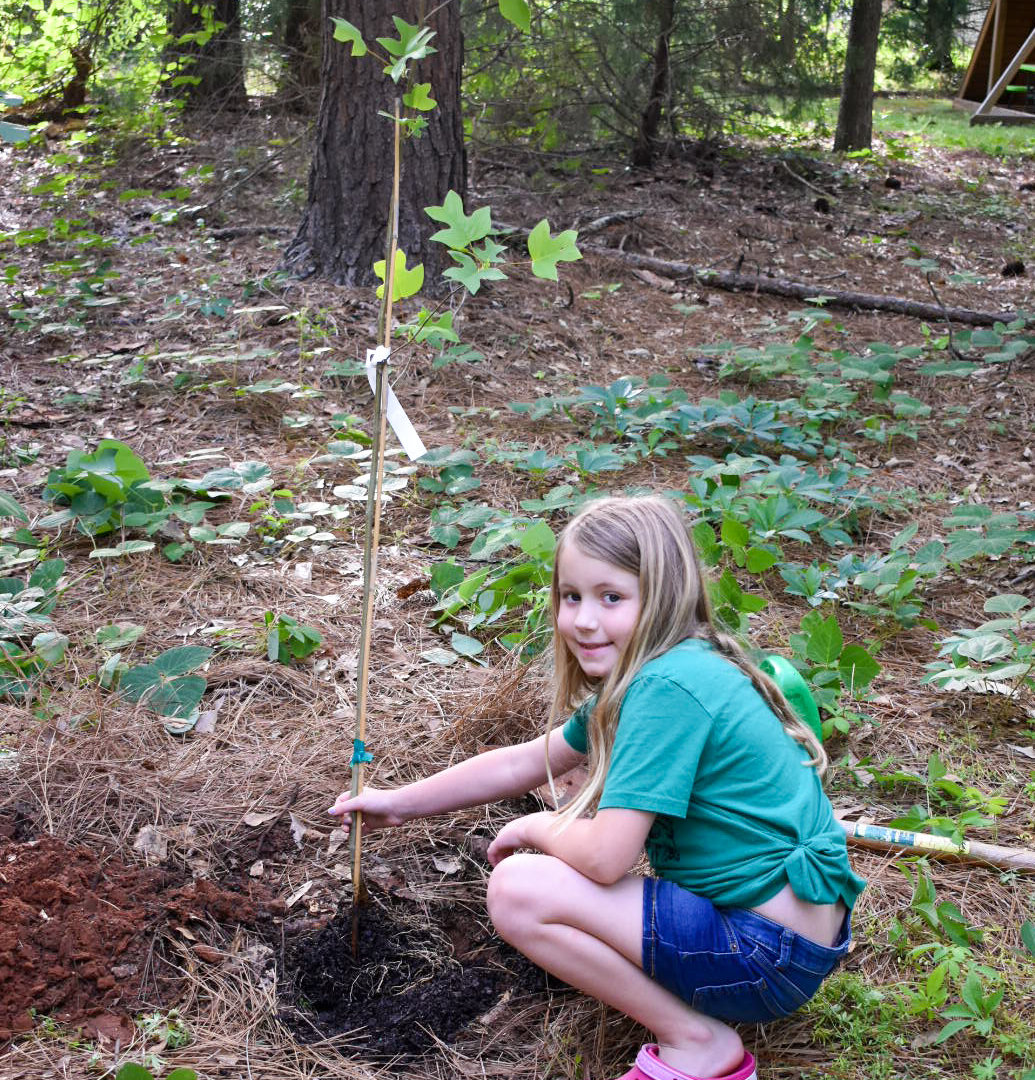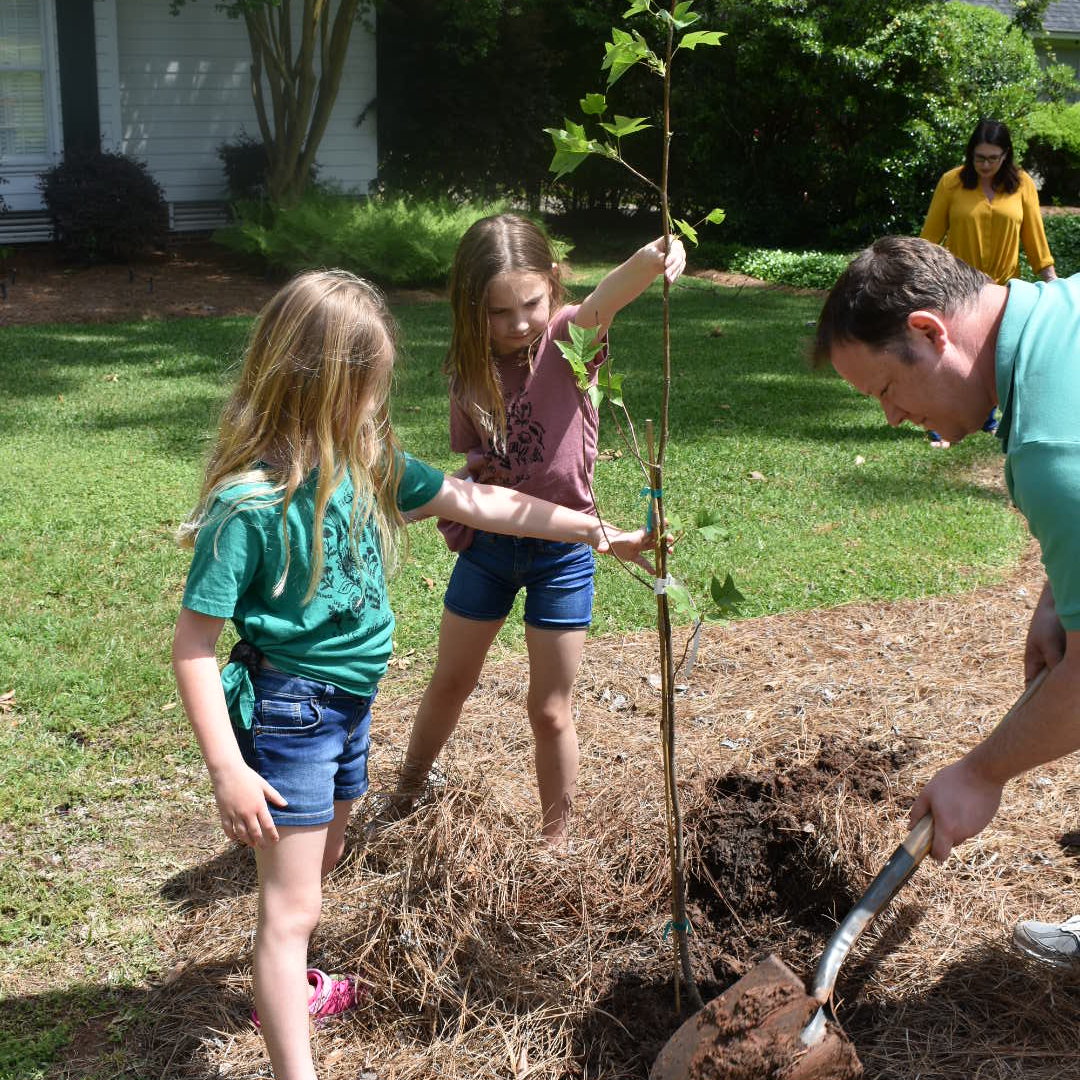Here is how the project went:
Due to Covid shelter in place regulations, it was difficult to get to houses to assess them for bee sanctuaries and provide trees however, we planted 13 trees. We originally thought that we would plant pine trees but Seraphina felt strongly that we provide a flowering tree option to provide nectar for our pollinator friends. We decided to survey three upcoming house owners to see which type of tree they preferred and all 3 chose a smaller, flowering tree due to fears of house damage during possible future hurricanes. We've set up an educational session about native trees and plant life in our area with Mark Melvin from the Education department at The Jones Center for the project members when we are able to return to normal activities. For now, we researched native flowering trees and then consulted with Mark to confirm that Tulip Poplar trees would be a good fit for this project.
Through this project I/we learned:
Through this project we learned to be adaptable both with the time line and with which actual trees to use based on homeowner preference.
What I/we might change:
If we do this project again, we will do it earlier in the year as the optimal tree planting time for our area is December through March.
My/our favorite part of this project was:
So far, our favorite part of the project has been researching and deciding which trees to use to also help pollinators.
Some tips, tricks or fun facts about the project:
There are so many native trees in every area so it's best to narrow it down with other categories such as optimal size and purpose.


